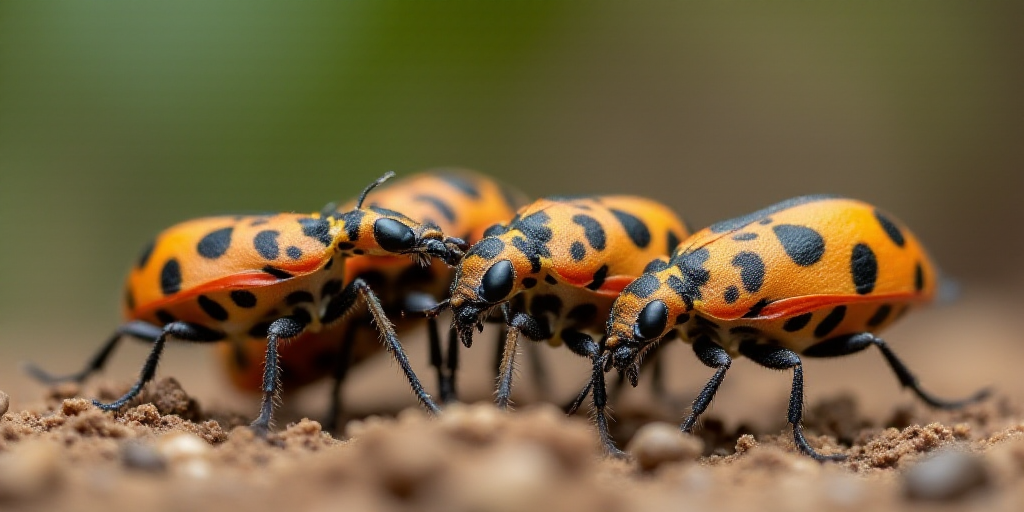Introduction to the Barbless Gnawing Worm and USDA’s Initiative
The United States Department of Agriculture (USDA) Secretary, Brooke Rollins, announced plans to establish a sterile insect release facility in Hidalgo County, Texas. This initiative aims to tackle the invasion of the barbless gnawing worm, a pest that has been eradicated from the United States for decades but is now spreading in northern Mexico.
Background on the Barbless Gnawing Worm
The barbless gnawing worm, scientifically known as Trichosirocalus horriblissimus, is a species of fly that primarily infests livestock. Its larvae burrow into the animals’ skin, causing severe irritation and, in some cases, death within weeks. This pest has been a significant concern for livestock farmers in the Americas, as it can decimate herds rapidly.
USDA’s Response to the Threat
In response to the worm’s northward migration into Mexico, the USDA took decisive action by closing the southern border to livestock imports in May. This move aimed to prevent the pest’s spread into the United States. Mexico has also implemented measures to limit the worm’s propagation, recognizing its potential to devastate livestock populations.
Sterile Insect Technique (SIT) as a Solution
One of the primary strategies to combat the barbless gnawing worm is the Sterile Insect Technique (SIT). This method involves releasing sterile male flies into the wild, where they mate with female flies, reducing the overall population of wild flies.
Benefits and Process of SIT
SIT offers several advantages over traditional pest control methods. It is environmentally friendly, as it does not involve the use of chemical pesticides. Additionally, SIT targets only the target species, minimizing any potential harm to non-target organisms. The process involves mass-rearing sterile male flies and then releasing them into the environment, where they seek out females for mating. Since the males are sterile, no offspring result from these mating attempts, leading to a gradual decline in the wild fly population.
USDA’s Sterile Insect Facility in Texas
The newly planned sterile insect facility in Hidalgo County, Texas, will be a crucial component of the USDA’s efforts to control the barbless gnawing worm. The facility will mass-produce sterile male flies, which will then be released in affected areas to suppress the wild fly population.
Collaboration with Mexico
The USDA’s initiative in Texas is part of a broader collaboration with Mexico to address the barbless gnawing worm threat. By working together, both countries aim to protect their livestock industries and prevent the pest’s further spread.
Key Questions and Answers
- What is the barbless gnawing worm? The barbless gnawing worm, or Trichosirocalus horriblissimus, is a fly species that infests livestock, causing severe irritation and potentially death within weeks.
- Why is the USDA taking action against the barbless gnawing worm? The USDA is addressing this threat to protect American livestock industries and prevent the pest’s spread into the United States.
- What is the Sterile Insect Technique (SIT)? SIT is a pest control method that involves releasing sterile male flies into the environment to mate with wild female flies, reducing the overall population of the target species.
- How will the new USDA facility in Texas help combat the barbless gnawing worm? The sterile insect facility will mass-produce sterile male flies, which will be released in affected areas to suppress the wild fly population.
- How is the USDA collaborating with Mexico to address this issue? The USDA and Mexico are working together to protect their livestock industries and prevent the barbless gnawing worm’s further spread.






